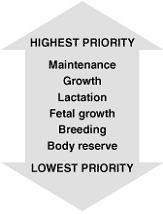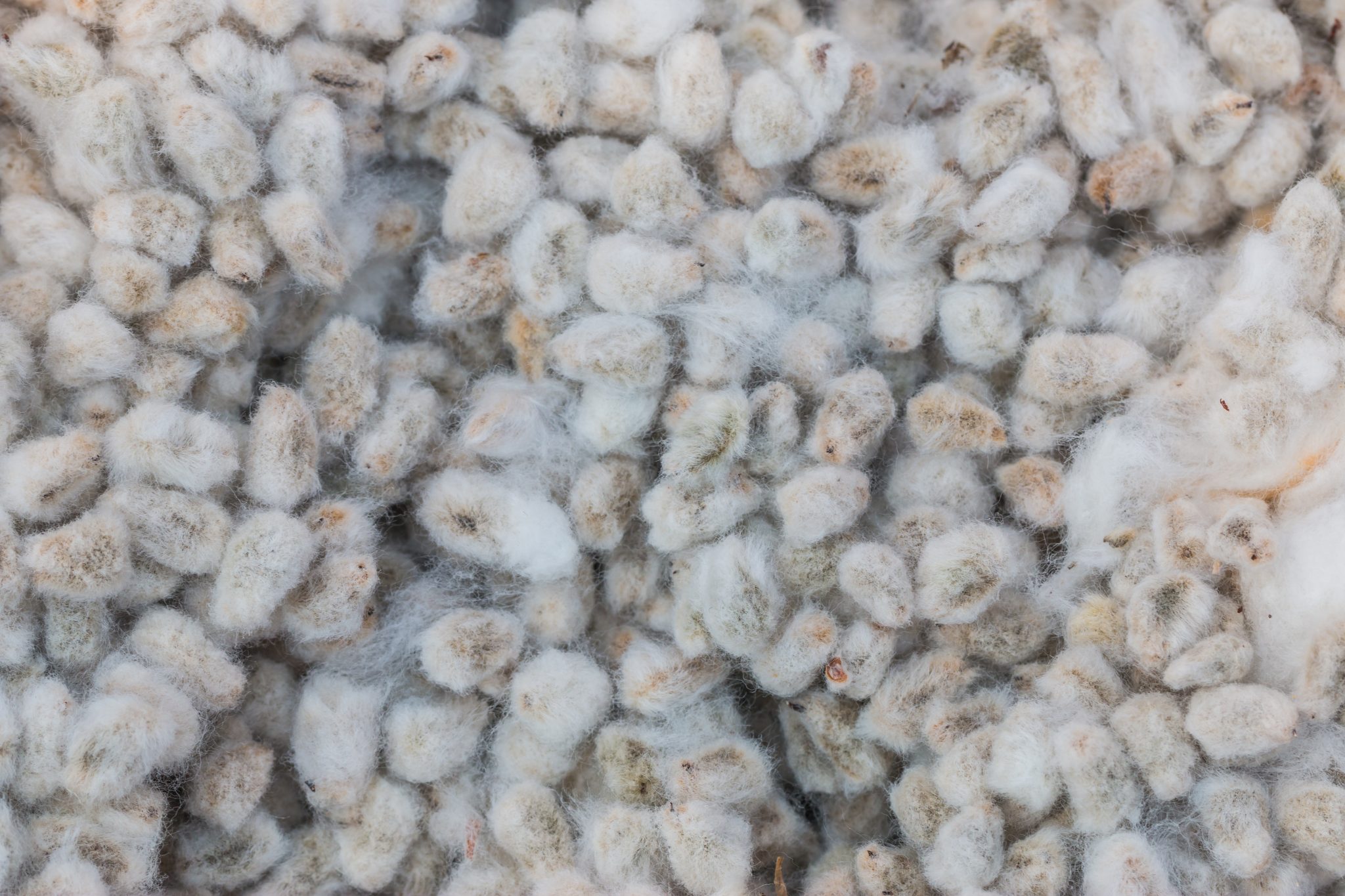Feeding Late Gestation Cows
go.ncsu.edu/readext?811620
en Español / em Português
El inglés es el idioma de control de esta página. En la medida en que haya algún conflicto entre la traducción al inglés y la traducción, el inglés prevalece.
Al hacer clic en el enlace de traducción se activa un servicio de traducción gratuito para convertir la página al español. Al igual que con cualquier traducción por Internet, la conversión no es sensible al contexto y puede que no traduzca el texto en su significado original. NC State Extension no garantiza la exactitud del texto traducido. Por favor, tenga en cuenta que algunas aplicaciones y/o servicios pueden no funcionar como se espera cuando se traducen.
Português
Inglês é o idioma de controle desta página. Na medida que haja algum conflito entre o texto original em Inglês e a tradução, o Inglês prevalece.
Ao clicar no link de tradução, um serviço gratuito de tradução será ativado para converter a página para o Português. Como em qualquer tradução pela internet, a conversão não é sensivel ao contexto e pode não ocorrer a tradução para o significado orginal. O serviço de Extensão da Carolina do Norte (NC State Extension) não garante a exatidão do texto traduzido. Por favor, observe que algumas funções ou serviços podem não funcionar como esperado após a tradução.
English
English is the controlling language of this page. To the extent there is any conflict between the English text and the translation, English controls.
Clicking on the translation link activates a free translation service to convert the page to Spanish. As with any Internet translation, the conversion is not context-sensitive and may not translate the text to its original meaning. NC State Extension does not guarantee the accuracy of the translated text. Please note that some applications and/or services may not function as expected when translated.
Collapse ▲Fall calving season is right around the corner! As bred cows and heifers enter their last trimester, their nutrient needs greatly increase. Fetal growth decreases rumen capacity, leading to decreased feed intake. This combination of circumstances means that high energy feedstuffs are necessary.
When developing a feeding plan for late gestation animals, it’s important to remember the order in which nutrients are used. Fetal growth falls below both maintenance and growth, meaning that energy needs will be higher for bred heifers than cows.
Bearing all of this in mind, the TDN (energy) requirement of a bred heifer expected to mature at 1,300 pounds is nearly 14 pounds a day, or 65% of their expected dry matter intake (DMI). A 1,300 pound mature cow can require up to 24 pounds of TDN a day, or 58% of their expected DMI. Due to the high moisture content (80%), it is nearly impossible for an animal to consume enough fresh forage to meet their energy needs during this time. For these reasons, supplementation during late gestation is almost always necessary.
There are many options available for supplements, but there is no one size fits all solution. Considerations when choosing an energy supplement include transportation, storage, handling, and most importantly, cost. Popular energy supplement feedstuffs include concentrates such as corn (~85% TDN), or a commercial pellet that has a TDN content above 65%. When choosing to use a commercial pellet, be sure that is is specifically formulated as an energy supplement, rather than for crude protein. Concentrates can sometimes decrease forage intake due to changes in ruminal function when fed at high levels. More economical options are by-product feeds, such as soybean hulls (77% TDN) or whole cottonseed (90% TDN). These are fibrous options, and do not affect forage intake; although whole cottonseed should be fed in moderation due to their high oil content.
Need help choosing a supplement, or creating a feeding plan? Contact Kendra Phipps at kpphipps@ncsu.edu or 336-593-8179.






